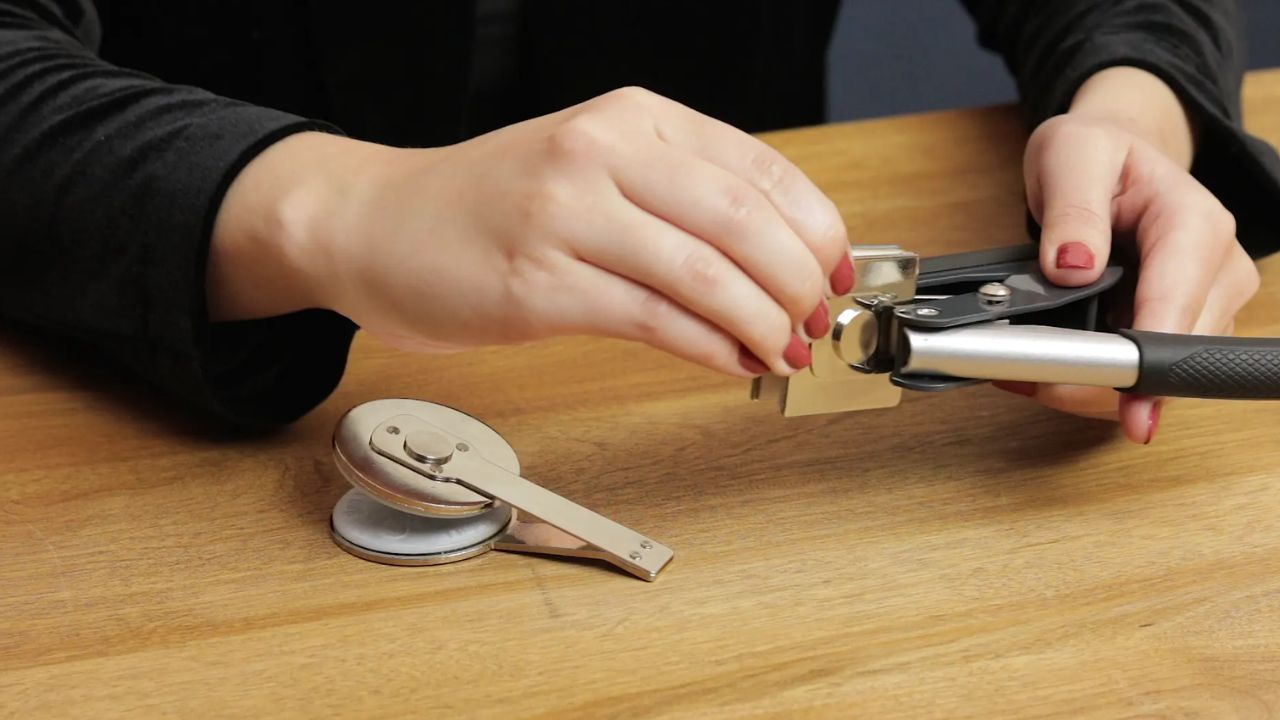Want to add a touch of something extra to your crafts or business supplies? Embosser machines are extraordinary devices that provide a special touch of class and professionalism to a range of products. Whether it is the branding of various business products or individualized stationery products, nothing is beyond the capability of an embosser.
The only thing you need to do to get crisp and beautiful impressions is to know how to use an embosser properly. This simple and informative article will take you through the steps on how to use an embosser machine like a pro!
Understanding the Embosser Machine
Before starting, it’s important to understand the basic structure of an embosser machine.
A standard machine includes:
- A die that holds the design,
- A base for material placement,
- Either a handle for manual embossers or an electronic system for automatic versions.
How to Use an Embosser Machine Effectively?
Preparing the Materials
The initial step is preparing the material you will emboss.
- A flat and clean surface should always be selected. It must be dust-free or wrinkle-free. The quality of the impression can be affected by any irregularities.
- Then, make sure your material is thick. Embossers are not limitless, and therefore embossing with excessively thick paper or leather may break the machine or yield unsatisfactory results.
- Lastly, choose the die or design that you desire to use. Dies can contain special logos or monograms along with other ornamental designs.
Setting up the Embosser
A correct setup ensures smooth embossing.
- To use manual embossers, begin by fixing the die in its slot. Ensure that it is firmly locked to avoid shifting within the process. Place the material on the base so that it is aligned with the design area.
- In the case of electric embossers, just plug the machine in and set the settings. Most of them will enable you to adjust pressure or pace, depending on the nature of the material. It must go in line; otherwise, it will cause crooked or uneven impressions.
When custom dies are used, be sure they are fitted properly before operating.
Embossing on the Material
Now comes the main step.
- In hand-operated embossers, squeeze the handle down steadily and uniformly to stamp the die into the material. The constant pressure is important; excessive pressure will cause the paper to rip, and insufficient pressure could have a faint impression.
- In the case of electric embossers, position the material properly and start the machine with a button or pedal. The machine will exert pressure automatically, which would produce a uniform impression.
Repeat as often, particularly when making bulk designs meant to be used in business or large craft projects.
Post-Embossing Care
After the embossing is done, carefully take the material out of the machine.
- When using temperature-responsive materials such as foil, cool the embossed section before touching.
- Look at the end result to see how clear and sharp it is.
- Look to see if there are any spots where the impression might appear uneven or incomplete.
Embossed items should be stored on a flat surface and in a protective area where the raised design will not be damaged.
Keeping Your Embosser in a Top Condition
Always clean the machine after each session. Ink should also be regularly cleaned. Pay special attention to the die and pressing areas.
Check the dies for signs of wear or damage. Worn dies can affect the quality of impressions and may need replacement. In the case of manual machines, moving parts should be lubricated at intervals to facilitate smooth movement. Electric machines ought to be unplugged and stored when not in use. Check the care instructions of the manufacturer.
Troubleshooting Common Issues
Even with mindful use, problems can come:
- Uneven or Unclear Embossing: This is normally a sign that the material was not aligned or the pressure was wrong. Check your settings again or change the position of the paper.
- Machine Jams: Clear the material out using care and inspect the obstructions. Make sure that the machine is put together properly.
- Material Damage: If your material tears or warps, it may be too thick for the machine or have been subjected to excessive pressure.
Conclusion
Using an embosser machine may look daunting to start with, but once one follows the correct procedure and practises a little, it is an easy task. The richness and grace offered by the embosser bring a pinch of individuality and make an otherwise boring surface interesting.
In order to attain this perfection, however, the steps you take should be done carefully, and you should be patient in the process. The other most important aspect in your successful embossing venture is the maintenance of your machine.
You have learned the basics of working with an embosser machine; now it is time to get hands-on and have some fun!

